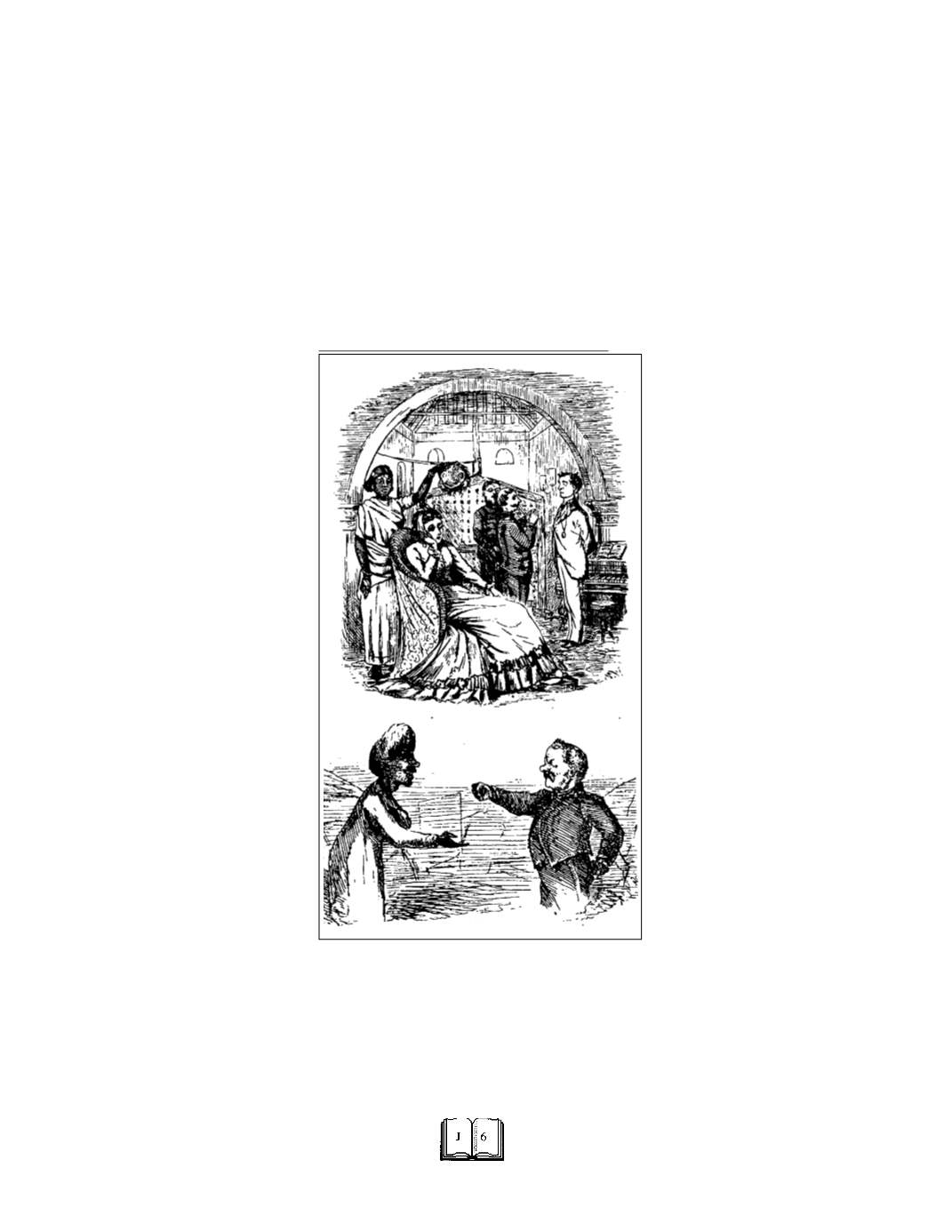

LIFESTYLES
Eternal India
encyclopedia
THE SAHIBS
The British first entered India as traders under the umbrella of
the East India Company which was established on December 31,
1600, when Queen Elizabeth I granted her royal charter to a com-
pany of twenty-five commoners, led by Thomas Smythe, permitting
them to monopolise England's eastern trade for fifteen years. Till
1858 India was under the rule of the Company. On November 1,
1858 following the mutiny the British Crown (Queen Victoria was
the Queen) assumed full responsibility for India's administration.
The term Raj is used to denote British rule in India from 1858 to
1947.
Even as late as the 1920s an Indian could be ejected if an
Englishman entered the railway compartment and wanted to oc-
cupy the other berth. The Indian Gentleman's Guide to Etiquette by
H.
Hardless published in 1919 put it more
tleman, with all self-respect to himself,
should not enter into a compartment re-
served for Europeans, any more than he
should enter a carriage reserved for la-
dies. Although you may have acquired
the habits and manners of the Europe-
ans, have the courage to show that you
are not ashamed of being an Indian, and
in all such cases, indentify yourself with
the race to which you belong.’
An Indian riding his mule or his pony
on a track in the mountains or hills was
supposed to dismount if an European
came riding that way. Similarly, Indians
carrying an open umbrella had to close
it.
The Maharajas and Princes, whose
domains were for the most part outside
British India, who were often great
sportsmen
and
great
hosts,
were
treated differently and as more than
equals.
The Mutiny of 1857 can be ascribed
to many causes but one of the most im-
portant was the divide between the of-
ficers, both in the Army and the civil
side, and Indians of all classes. This
lack of liaison did not disappear even
after 1858.
The club was the social centre of the
civil and military station. A club was to
be found in all but the smallest stations.
Senior officials — the Collector, the
Sessions Judge, the District Superin-
tendent of Police etc., were all members of the club. Indians were
excluded from admission to most clubs. A few admitted a restricted
number, many of them descendants of Indians who had been loyal
in the Mutiny days. But the Indianisation of both the civil and mili-
tary services made it difficult for all but the largest station clubs to
preserve their exclusiveness and gradually the racial barriers came
down.
The normal routine that was followed was to go down to the
club in the afternoon, play three or four chukkas of polo, change and
then settle down for a good, long drink. There was the gimlet, a gin
and lime, that was very much liked by both men and women but the
favourite drink was Scotch, which was measured in chota pegs
(single tot of whisky) or burra pegs (double tot).
The British in India made a fetish of physical fitness probably
from the belief that unless one was in top physical condition there
was the chance of catching some dreadful disease or other.
Both
sahibs
and
mem sahibs
strenuously played tennis and
squash till they had worked up a good sweat. Polo was played all
the year round. Before breakfast there was the early morning ride
on horse back.
Pig-sticking was a popular sport which was hazardous as well.
But nothing matched the
shikar.
Up to the early twenties the Indian
countryside was teeming with game — deer, peafowl, partridge and
shot by the British armed with rifles
and shotguns.
Shikar
was not a sport
from which women were excluded.
The tiger, the very symbol of India,
was slaughtered by
shikaris.
In the
princely states,
shikars
were organ-
ised for visiting Viceroys, Governors
and other VIPs in which tigers were
shot from the safety of elephant backs
of shooting platforms built in trees.
The climate in India is divided into
three seasons — cold, hot and the
rains. In South India it never gets as
cold as it does in Central and North
India where during the summer tem-
peratures of 45° C and above are com-
monplace. For the British the hot
weather was an ordeal that had to be
faced every year. The Central and Pro-
vincial secretariats, with their staff,
went to the hill stations, the cool re-
treats high up in the hills, with the ap-
proach of summer in April. Those who
could not go to the hills coped with the
heat as best they could.
The hot weather saw the employ-
ment of the
punkah-wallah
who oper-
ated the hand-pulled fans before the
coming of electricity. It had to be pulled
all through the day and night, if need
be. He lay on his back in the verandah
with the string attached to his big toe,
pulling this string and going to sleep at
intervals. When the nights became in-
tolerable the best way of keeping cool
was to wrap oneself in a wet sheet and lie down in it. The coming of
the rains provided some relief but it was usually short-lived with
the hot and dry weather being replaced by a hot and humid one.
Every
burra sahib's
household had an army of Indian servants.
There was the
ayah,
who looked after the children, the
chota sahib
and the
missy baba;
the bearer or valet; the
Khansama
or cook; the
mali
or gardener; the
punkah-wallah;
the sweeper; the syce who
looked after the horses; and the
chowkidar,
the night watchman
who moved around at night clearing his throat and spitting.
( Y V )
politely: ‘The Indian gen- duck — but everything
















